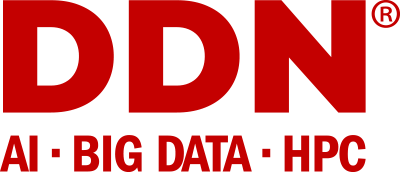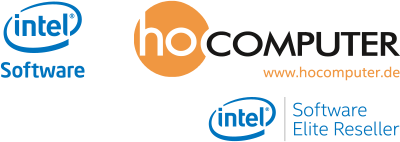Abstracts F2C-DP
Security and Privacy management in a fog-to-cloud environment
Antonio Salis, Roberto Bulla, Jens Jensen, Glauco Mancini, Paolo Cocco
Security and privacy are a concern in many Internet of Things environments, particularly when anyone can connect their device into it. We demonstrate and discuss the security in an airport environment where users are guided to through security, to their flight, or to shops or other points of interest, which in turn should reduce the stress of the user's stay in the airport. The challenge is not just that any user can connect their phone but also to ensure that personal data is handled correctly - in particular, users must be tracked by the infrastructure in order to guide them. Built on a fog-to-cloud platform developed by the Horizon2020-funded mF2C project, we discuss the steps towards a full implementation in a real airport, and the kind of security assessment that is required to persuade an airport to deploy a pervasive user-facing infrastructure without compromising - and hopefully improving - airport security, fulfilling GDPR compliance.
On the similarities and differences between the Cloud, Fog and the Edge
Sašo Stanovnik and Matija Cankar
The field of edge and fog computing is growing, but there are still many inconsistent and loosely–defined terms in current literature. With many articles comparing theoretical architectures and evaluating implementations, there is a need to understand the underlying meaning of information condensed into fog, edge, and similar terms. Through our review of current literature, we discuss these differences and extract key characteristics for basic concepts that appear throughout. The similarities to existing IaaS, PaaS and SaaS models are presented, contrasted against similar models modified for the specifics of edge devices and workloads.
We also evaluate the different aspects existing evaluation and comparison works investigate, including the compute, networking, storage, security, and ease–of–use capabilities of the target implementations. Following that, we make a broad overview of currently available commercial and open–source platforms implementing the edge or fog paradigms, identifying key players, successful niche actors and general trends for feature–level and technical development of these platforms.
TDM Edge Gateway: a flexible microservice-based edge gateway architecture for heterogeneous sensors
Massimo Gaggero, Giovanni Busonera, Luca Pireddu, and Gianluigi Zanetti
How to effectively handle heterogeneous data sources is one of the main challenges in the design of large-scale research computing platforms to collect, analyze and integrate data from IoT sensors. The platform must seamlessly support the integration of myriads of data formats and communication protocols, many being introduced after the platform has been deployed. Edge gateways, devices deployed at the edge of the network near the sensors, communicate with measurement stations using their proper protocol, receive and translate the messages to a standardized format, forward the data to the processing platform and provide local data buffering and preprocessing. In this work we present the TDM Edge Gateway architecture, which we have developed to be used in research contexts to meet the requirements of being self-built, low-cost, and compatible with current or future connected sensors. The architecture is based on a microservice-oriented design implemented with software containerization and leverages publish/subscribe Inter Process Communication to ensure a modularity and resiliency. Costs and construction simplicity are ensured by adopting the popular Raspberry Pi Single Board Computer. The resulting platform is lean, flexible and easy to expand and integrate. It does not poses constraint on programming languages to use and relies on standard protocols and data models.
mF2C: The Evolution of Cloud Computing towards an Open and Coordinated Ecosystem of Fogs and Clouds
Xavi Masip-Bruin, Eva Marín-Tordera, Ana Juan Ferrer, Antonio Salis, John Kennedy, Jens Jensen, Admela Jukan, Andrea Bartoli, Rosa M. Badia, Matija Cankar, Marc Elian Bégin
Fog computing brings cloud computing capabilities closer to the end-devices and users, while enabling location-dependent resource allocation, low latency services, and extending significantly the IoT services portfolio as well as market and business opportunities in the cloud and IoT sectors. With the number of devices growing exponentially globally, new cloud and fog models are expected to emerge, paving the way for shared, collaborative, extensible mobile, volatile and dynamic compute, storage and network infrastructure. When put together, cloud and fog computing create a new stack of resources, which we refer to as Fog-to-Cloud (F2C), creating the need for a new, open and coordinated management ecosystem. The EU Horizon 2020 program has recently funded a new research initiative (mF2C) bringing together relevant industry and academic players in the cloud arena, aimed at designing an open, secure, decentralized, multistakeholder management framework for F2C computing, including novel programming models, privacy and security, data storage techniques, service creation, brokerage solutions, SLA policies, and resource orchestration methods. This paper introduces the main mF2C concepts, illustrates the need for a coordinated management ecosystem, proposes a preliminary design of its foundational building blocks and presents results that show the benefits mF2C mayhave on three key real-world scenarios.






